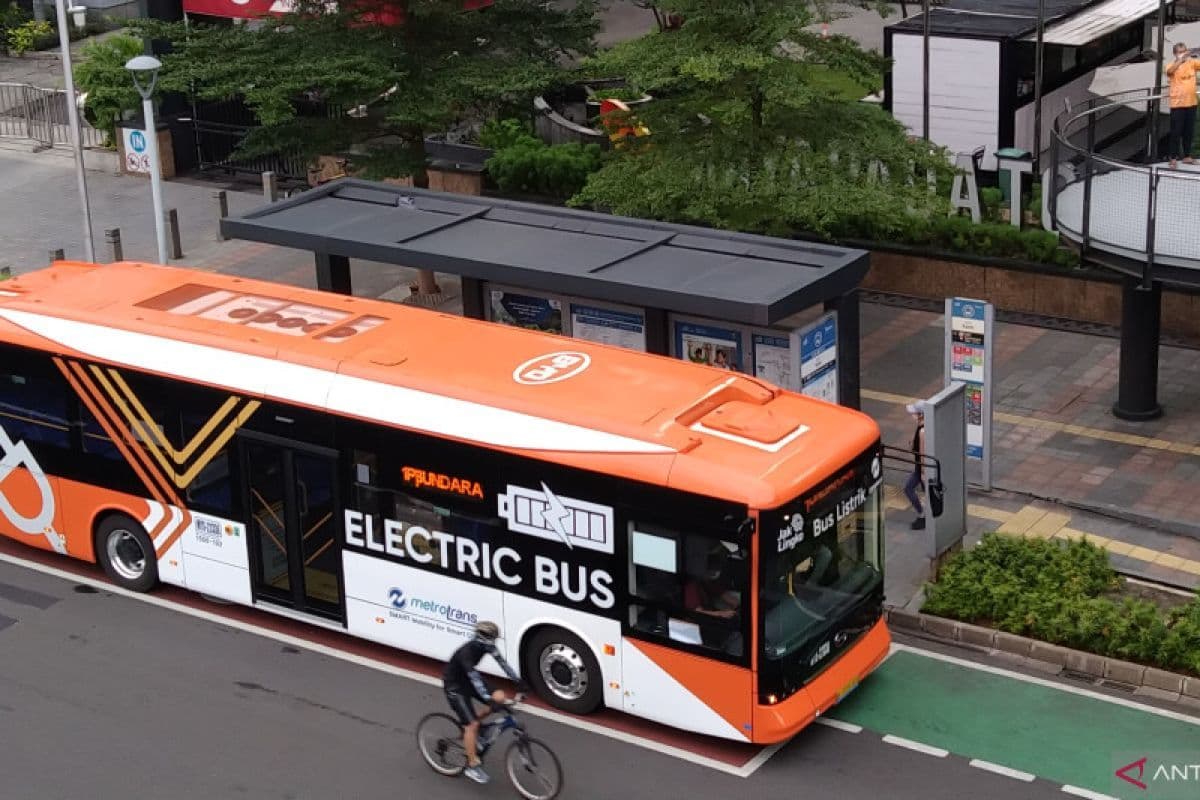The Future of Urban Mobility: How Smart Cities Are Changing the Way We Move
An in-depth look at how technology, data, and sustainability are shaping the next generation of transportation in cities.

The Future of Urban Mobility: How Smart Cities Are Changing the Way We Move
In recent years, the way we think about urban transportation has changed dramatically. Cities around the world are embracing smart mobility solutions to reduce congestion, improve sustainability, and make travel more accessible for all.
What is Smart Mobility?
Smart mobility refers to the use of digital technology to optimize urban transportation systems. This includes real-time data tracking, app-based ride services, electric vehicles, and integrated public transit.
By harnessing these tools, city planners can reduce traffic bottlenecks, lower emissions, and offer more equitable transit options — often with fewer cars on the road.
“Smart cities prioritize people over cars — and data over assumptions.”
Key Technologies Driving the Shift
Here are some of the innovations making a big impact:
- IoT-enabled traffic sensors that monitor congestion and adjust signals dynamically
- Real-time route optimization for public buses and shared rides
- Electric vehicle (EV) infrastructure, including fast chargers at scale
- Autonomous public transport, like self-driving shuttles in controlled zones
- Mobility-as-a-Service (MaaS) apps that integrate bikes, trains, scooters, and rideshares in one platform
Each of these advancements aims to make commuting smoother, safer, and smarter — not just more efficient, but more human-centered.

The Road Ahead
As cities continue to grow, the need for efficient, clean, and equitable mobility becomes more critical. Smart mobility isn’t just about technology — it’s about rethinking our relationship with movement, space, and each other.
Imagine a city where you never feel the need to own a car, because getting from A to B is seamless, reliable, and sustainable.
That’s the future we’re building — one connected intersection at a time.